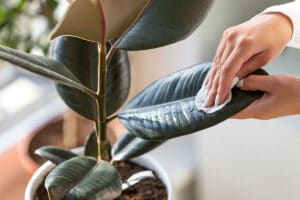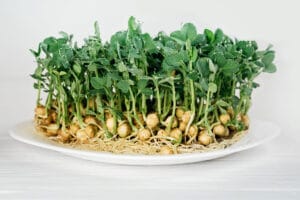Hydrangeas are widely planted in gardens, loved for their beauty and adaptability. These flowering shrubs offer a wide range of colors and shapes that will enrich your garden, no matter its style. To ensure your hydrangeas are stunning and give you their best, here are some tips for optimal maintenance.
Where to plant hydrangeas?
Hydrangeas prefer sunny or partially shaded areas where they can enjoy warm sunlight for at least a few hours each day. They adapt to all types of soil, as long as it is well drained and rich in organic matter. Whether planted individually throughout your landscaping, or as a backdrop for your flower beds, they will add elegance to your garden.
Caring for hydrangeas
Watering
To ensure your hydrangeas are beautiful and productive, keep the soil consistently moist, but not wet. Regular watering is essential, especially during hot, dry periods of summer. Mulch around your shrubs will be beneficial to retain humidity and maintain the soil’s temperature.
Fertilization
To maintain good organic matter levels in the soil, amend annually with compost. To stimulate blooming, use a fertilizer formulated specifically for flowering. Avoid nitrogen-rich fertilizers, that will promote foliage growth at the expense of flowers, and always make sure to follow the manufacturer’s instructions.
Pruning
Pruning requirements will vary depending on the type of hydrangea, and require careful attention. Some varieties bloom on old wood, while others bloom on new growth. Improper timing or technique can eliminate the entire year’s bloom. Species that bloom on new growth can be cut back to 10-15 cm from the ground in spring or fall, while species growing on old wood need lighter pruning. Typically, a light spring prune is sufficient, removing up to a third of the branches.
What hydrangea to choose?
There are 5 main hydrangea species grown in Quebec, some more hardy and therefore more resilient than others.
Panicle hydrangea (Hydrangea paniculata)
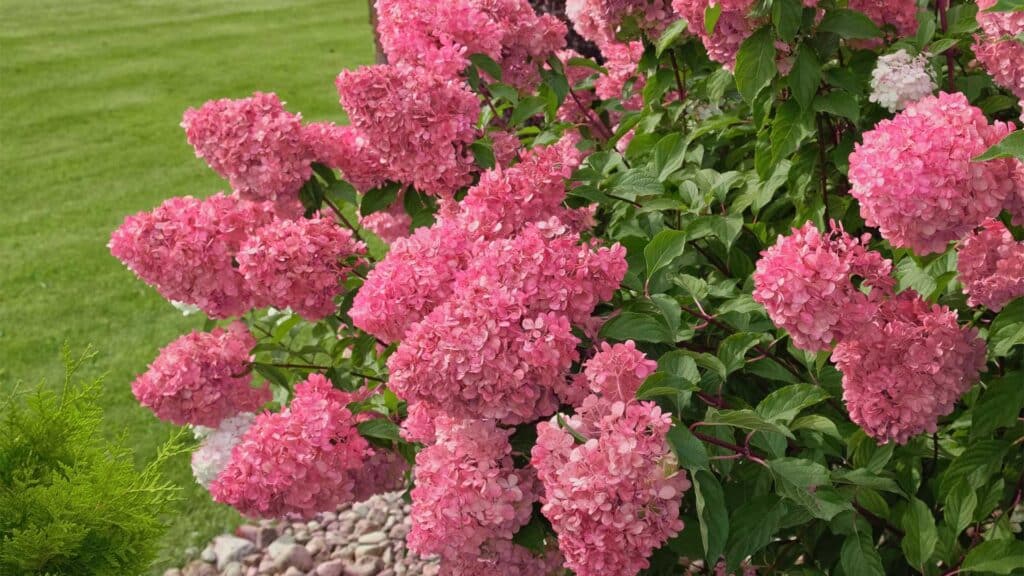
Panicle hydrangeas can be distinguished by their cone-shaped flowers, which are usually white and can turn pink or red in the fall. They are often found on tall stems. Easy to cultivate, they can withstand Quebec winters. The flowers of the panicle hydrangea are perfect for cut arrangements, whether fresh or dried, and can create a stunning winter effect when left to dry on the plant. No pruning is necessary, but you can cut back to 10 or 15 cm above the ground to maintain a more compact plant.
Bigleaf Hydrangea (Hydrangea macrophylla)
This species is famous for its large leaves and big flower clusters. It is often grown for its varieties that offer flowers in pink, blue, or purple, depending on soil pH. Acidic soil will give blue hues to the flowers. It is a less hardy species that can cause much frustration: good blooms are rare since the plant suffers from frost. Only remove branches damaged by the cold and protect your bigleaf hydrangeas well in winter if you want to enjoy their beautiful flowers. This is the hydrangea most commonly used by florists to create spectacular bouquets. It has a smaller relative, Hydrangea serrata, which has less impressive blooms but is a bit more hardy.
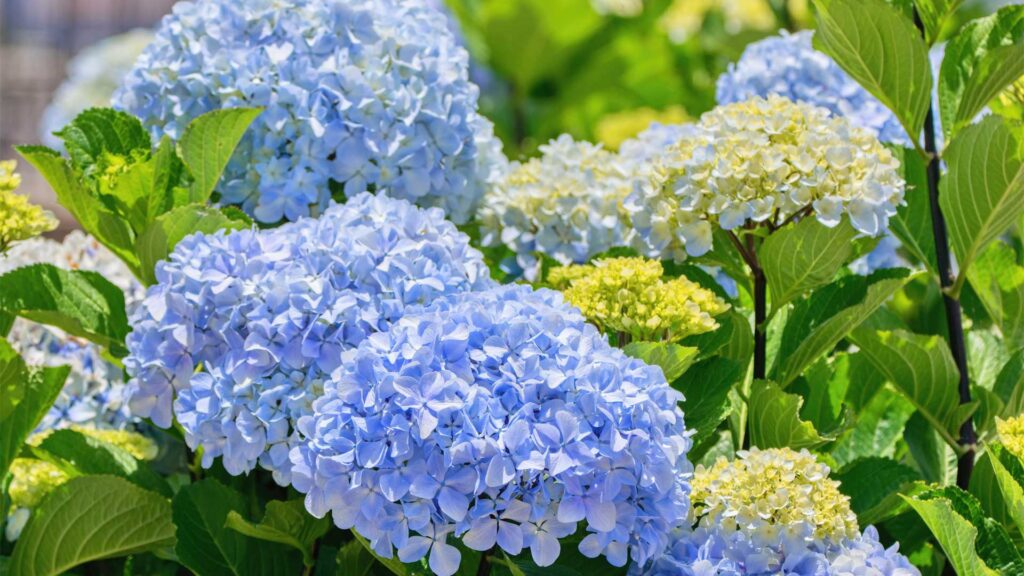
Smooth Hydrangea (Hydrangea arborescens)
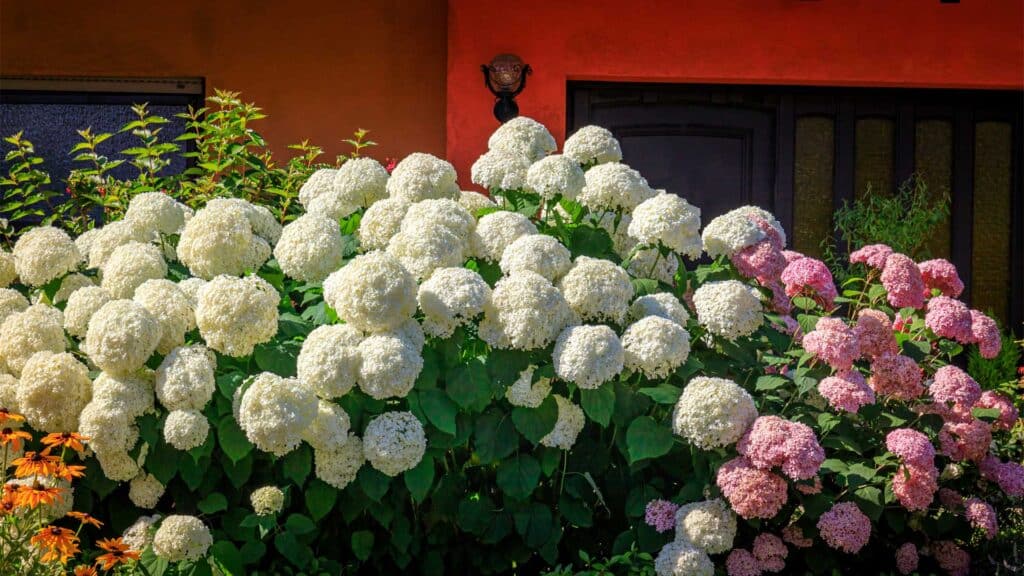
The smooth hydrangea is known for its round, full clusters of white or pink flowers. It blooms abundantly until fall and can grow to an impressive size. Probably the most common species in Quebec gardens, especially its cultivar ‘Annabelle’, it withstands winter very well. It should be cut back to the ground in spring or fall.
Oakleaf Hydrangea
This hydrangea is characterized by its lobed leaves resembling those of an oak and its white flower panicles that turn pink with age. Its leaves take on a purplish hue in the fall, adding great appeal during this season. It is a less hardy species and takes at least 5 years to produce good blooms. No pruning is necessary, just cleanup in spring.
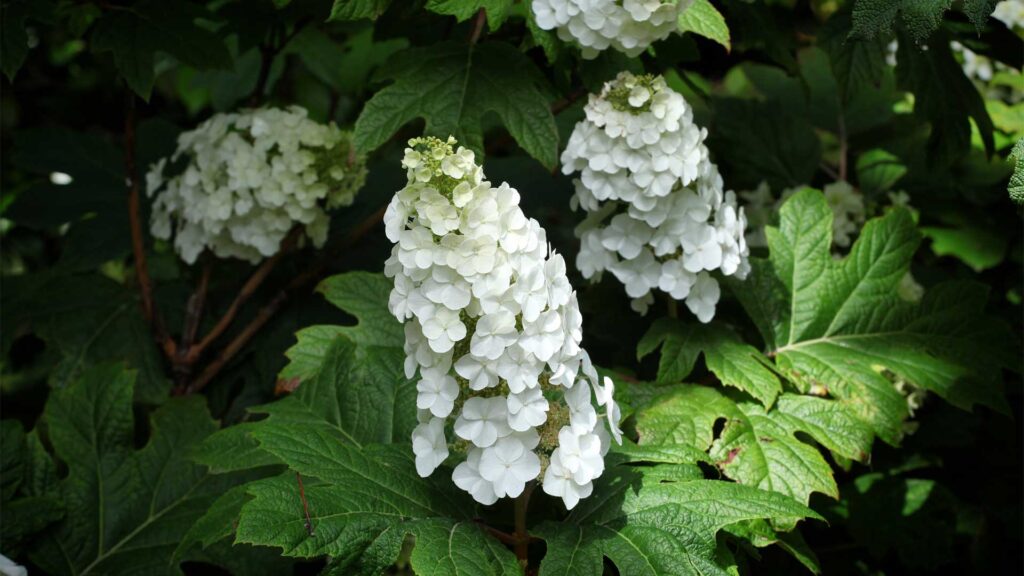
Climbing Hydrangea (Hydrangea petiolaris)

The climbing hydrangea clings to walls and fences using aerial roots. Pruning is rarely needed. Its flowers are white and fluffy, resting on green foliage that turns yellow in the fall. It can reach heights of about ten meters after a few years.
Hydrangeas are versatile shrubs that add a touch of color and elegance to gardens. By following these simple care tips and choosing the cultivars best suited to your situation, you can enjoy abundant blooms year after year. We definitely have the hydrangea that will meet your expectations—come visit us!



